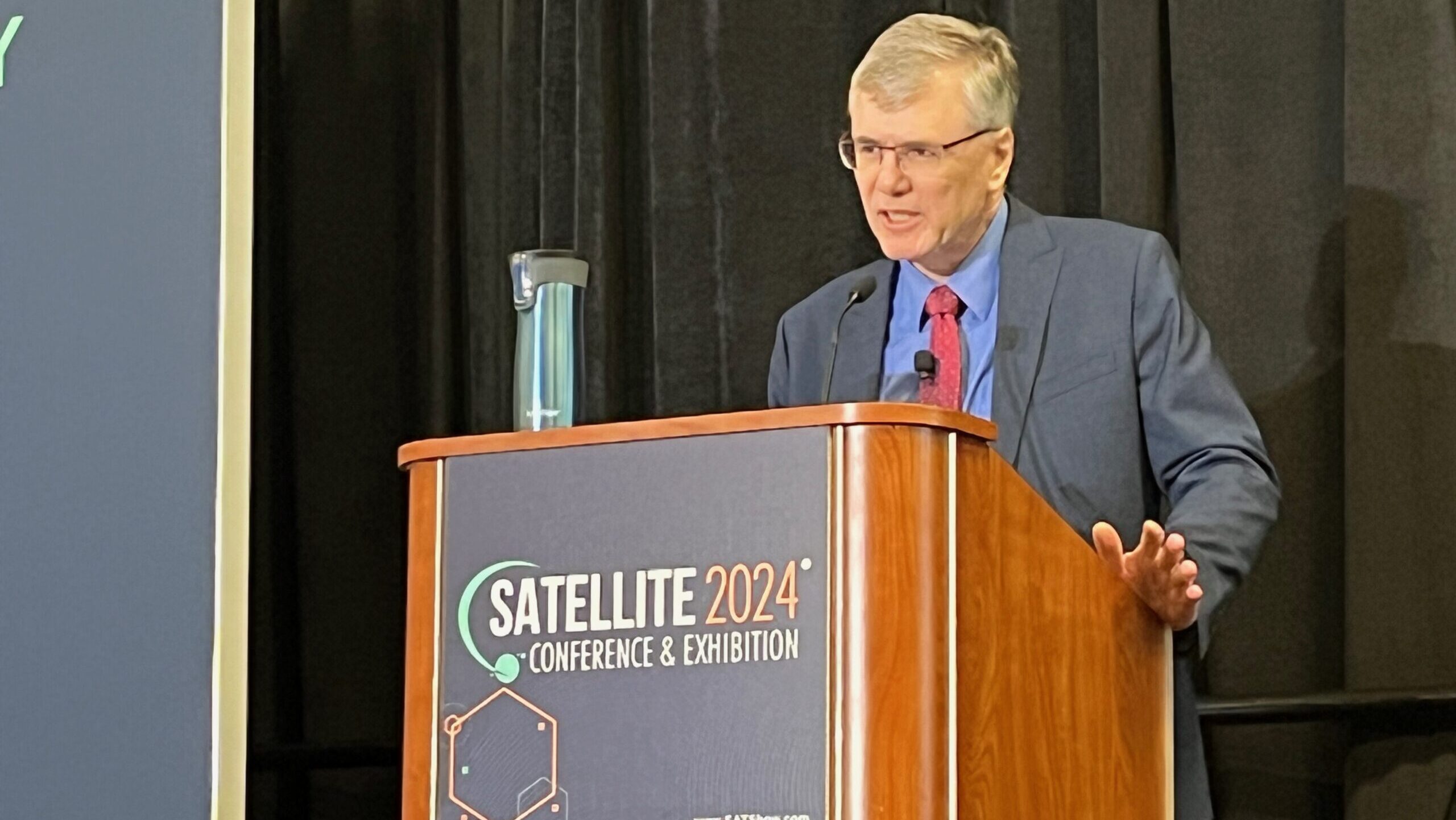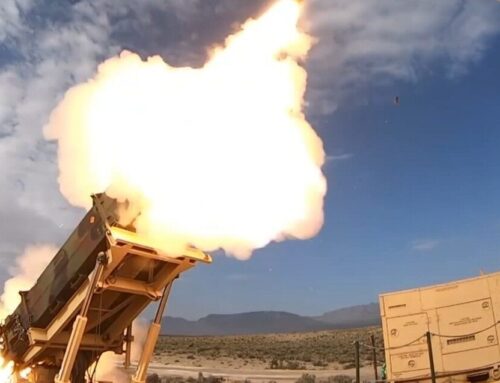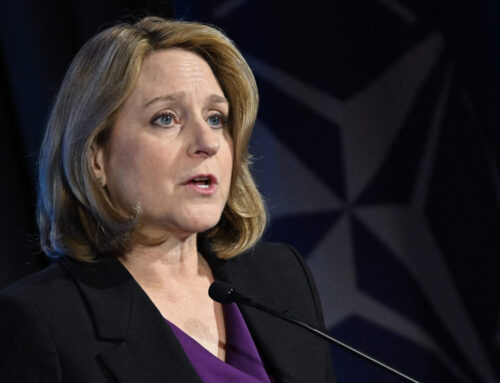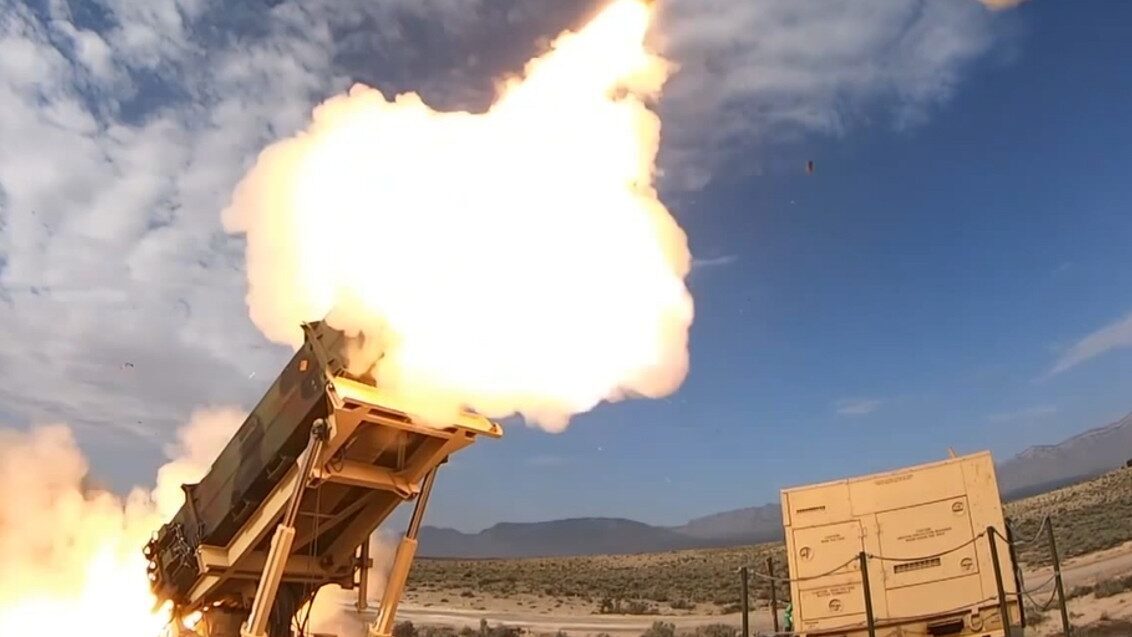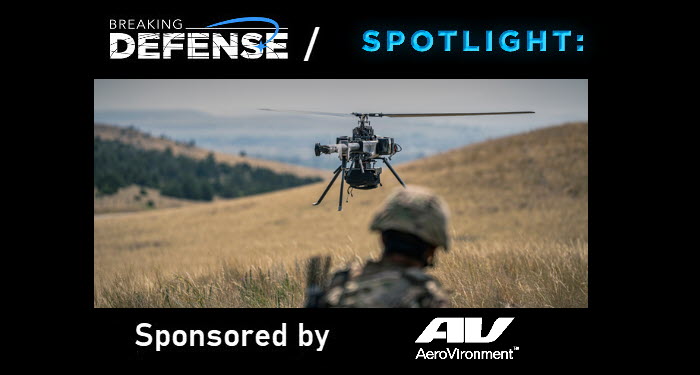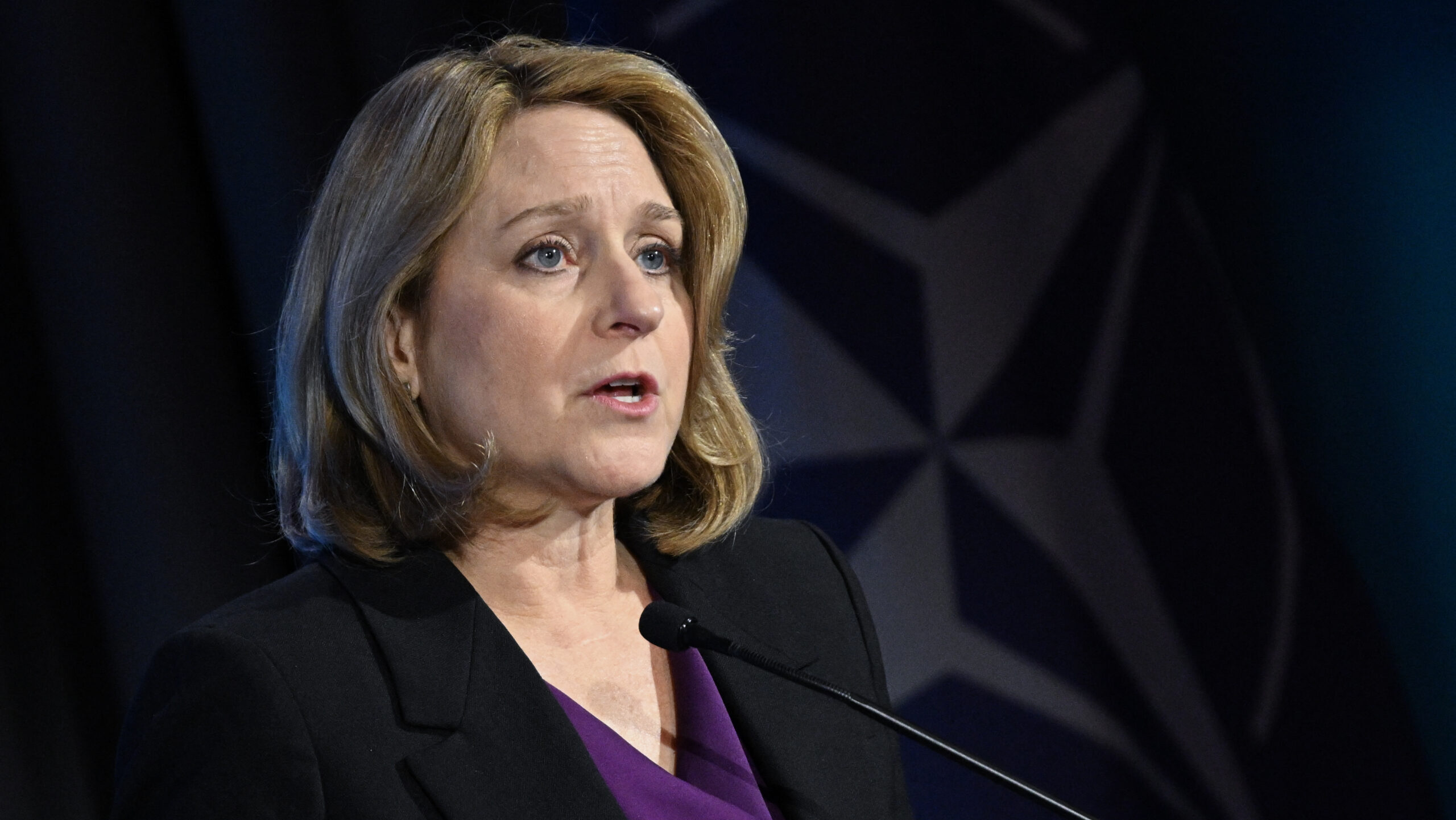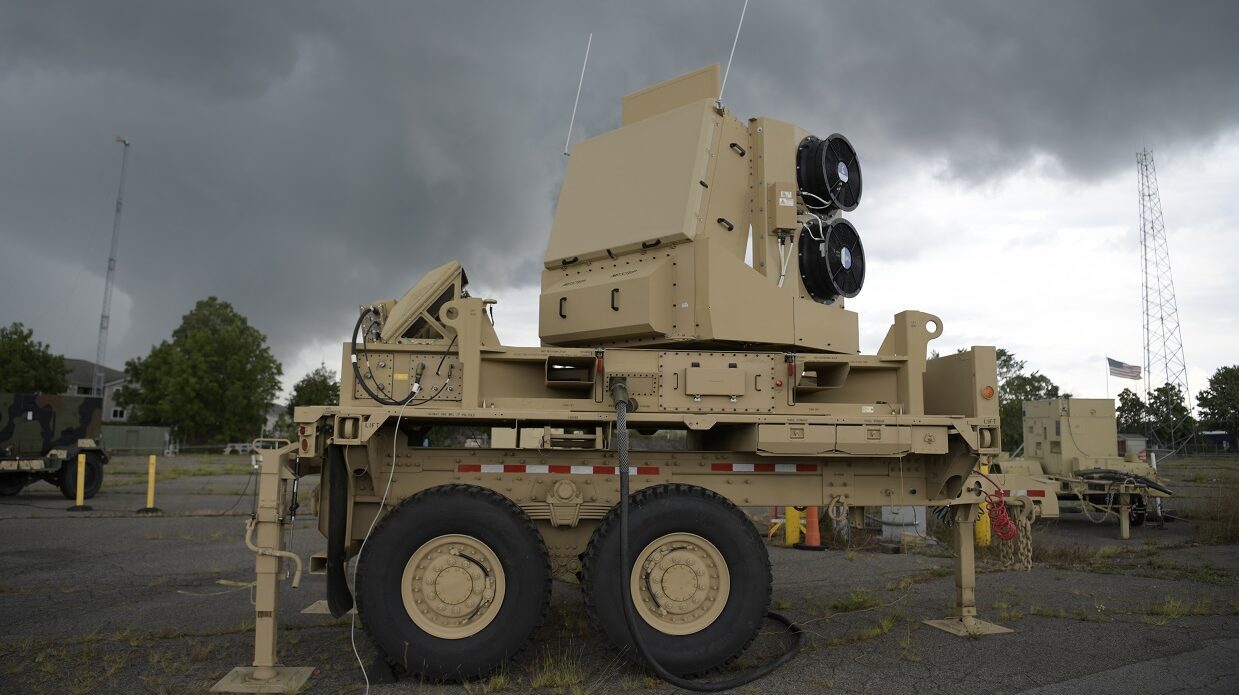Troy Meink, National Reconnaissance Office principle deputy director. (Photo: Theresa Hitchens/Breaking Defense)
WASHINGTON — The National Reconnaissance Office (NRO) has been moving to speed its processes for acquiring commercial imagery in order to help support a robust US industrial base, according to the spy satellite agency’s deputy.
“We continue to enhance our internal processes to award contracts faster, which industry likes, and to create more opportunity and great engage with new industrial partners. We are willing to go big on investments where it makes sense for success. The electro-optical contract we ordered a couple years ago, which is about $4 billion over 10 years, is an example,” Troy Meink, NRO’s principal deputy director, told the Mitchell Institute Thursday.
“That said, we’ve got to make ourselves even easier to do business with, and we do that by accelerating investment decisions, again, trying to accelerate the timelines to support what the commercial companies are trying to do, and by adopting a wide variety of risk management strategies that allow us to use industry partners that we may not been able to in the past,” he added.
Meink explained that tapping commercial innovation — in remote sensing, in launch, in data processing and in artificial intelligence/machine learning — is critical to helping the NRO meet one of its key challenges: keeping up with the pace of technological change.
“[G]iven the threats we face, how fast that threat is evolving, how fast the demands for capability that not only the NRO, but the entire space industry, is seeing, requires a rate of change that’s really faster than maybe, almost since the beginning, when we were doing Corona and those sorts of things,” he said.
The Corona program, initiated in 1958, was one of the very first US spy satellite programs. The remote sensing satellites carried cameras that took pictures over the Soviet Union, then dropped film canisters that were captured mid-air by a specialized US Air Force plane.
Meink stressed, however, that keeping ahead of the tech curve, and being able to rapidly deliver new capability to users, is a “whole of government” effort, involving Congress and the Department of Defense — especially with regard to speeding acquisition processes.
“That’s where we spend a lot of our time, is just working across all the people that are involved in how we do acquisition, how we deliver capability, to constantly push on driving delivery of new capability,” he said.
When asked by Breaking Defense about progress in resolving the ongoing interagency debate on acquisition authority for space-based commercial remote sensing, Meink skirted the question. Instead, he made it clear that NRO sees its own role as already fairly well defined, versus that of the National Geospatial Intelligence Agency (NGA) — as well as the Space Force.
“I hate to say absolutes, right, because there are always exceptions to the rule. But in general, the NRO is responsible for procuring pixels. NGA is really looking at procuring analytics,” he said.
“Now, sometimes that does get blurred; there’s no question about it, but that’s fine. It should be, because in many cases, we’re looking to different contractors. Some contractors do pixels, some do analytics. So, we work closely with NGA,” he added. “But we do the pixels. They do the analytics.”
While Meink didn’t mention it, the Space Force also begun to buy the products derived from imagery analysis under its pilot Tactical Surveillance, Reconnaissance and Tracking (TacSRT) project.
Just last month, Chief of Space Operations Gen. Chance Saltzman said the project had proved its value and that a next step is bolstering the budget — although he was very keen to clarify that the service is not treading on NRO’s toes because it is not buying raw images. (He did not, however, reference NGA.)
Further, US Space Command’s Joint Commercial Operations (JCO) cell on Oct. 1 began expanding its remit from buying commercial space domain awareness data to include purchasing TacSRT data. The JCO director, Barbara Golf, has stressed that the cell is working closely with NGA to avoid duplicative data buys.


